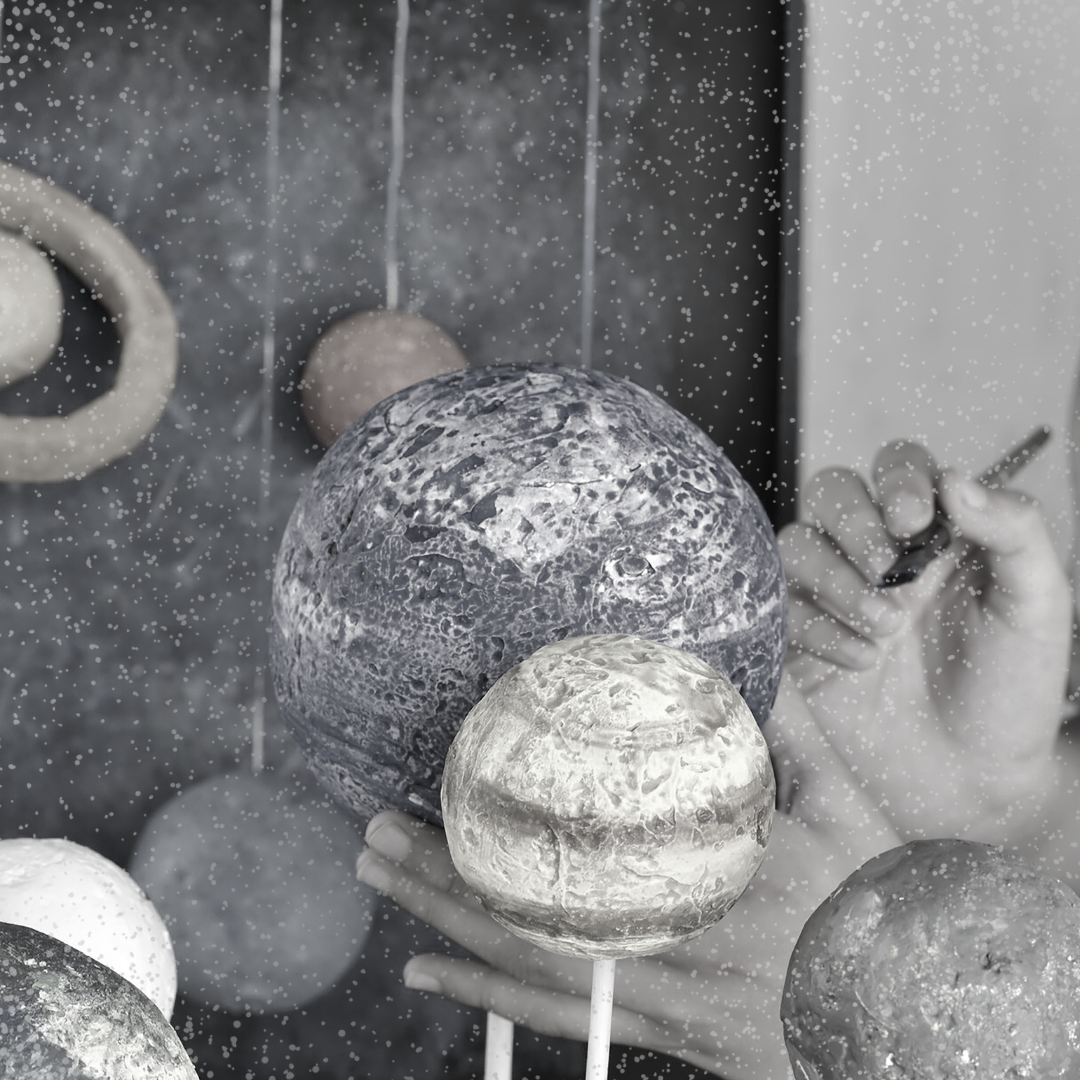
Embodied physics education - celebrating student research
Let’s celebrate my graduate student Pelle Bøgild, whose work shows how to align physical movement with physics concepts to improve learning and engagement 🪐

Heading to Zurich: IARU Early-Career Collaboration Award
Exciting news! I've been awarded an IARU Early-Career Collaboration Award to conduct research at ETH Zurich in 2026. Working with Dr. Charlotte Müller, we'll be investigating what actually works in embodied science education and why 🎓
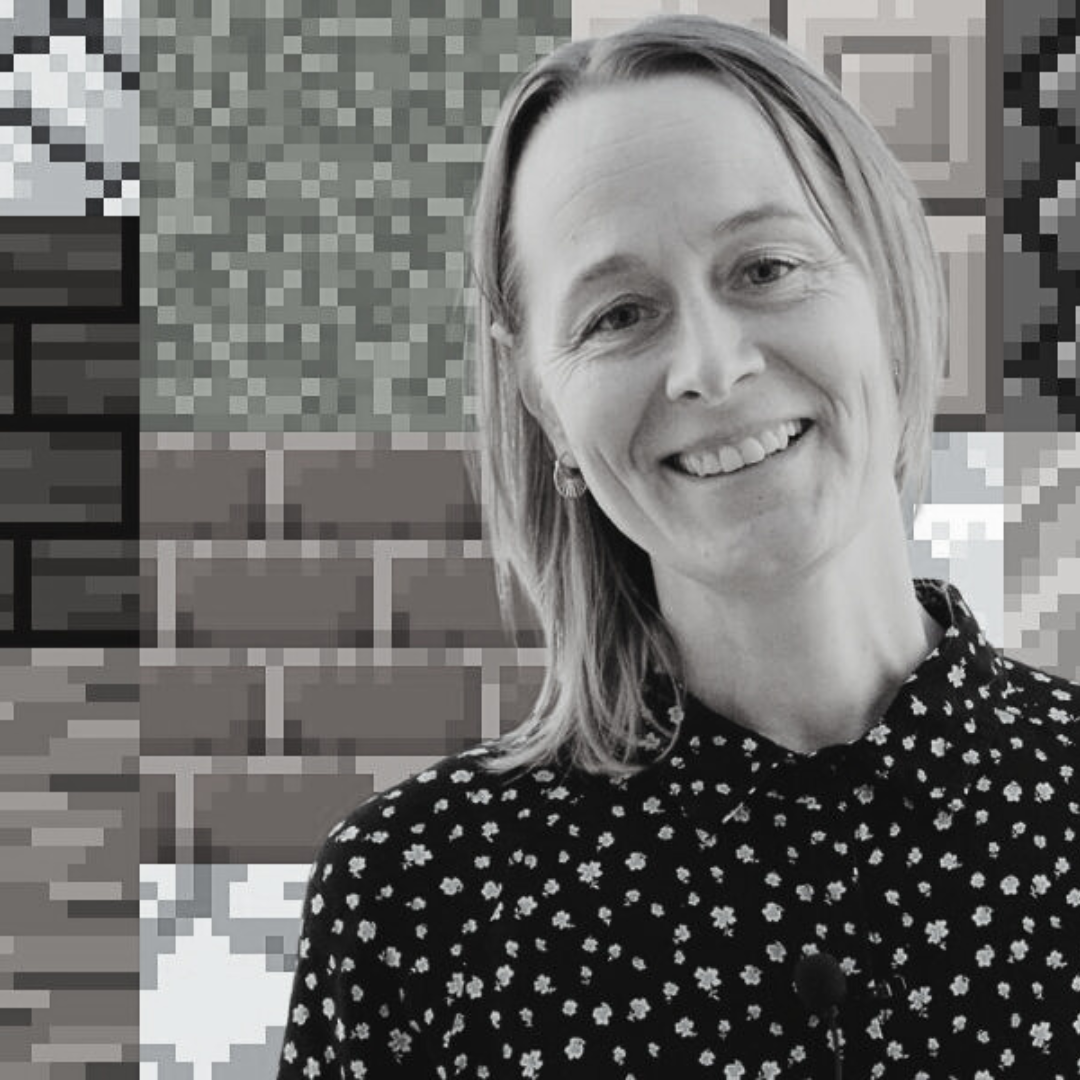
An embodied approach to STEM - celebrating student research
So proud of my graduate student Mette Elsnab Olesen whose thesis maps how teachers conceptualise and implement embodied instructional approaches in STEM classrooms 🎓
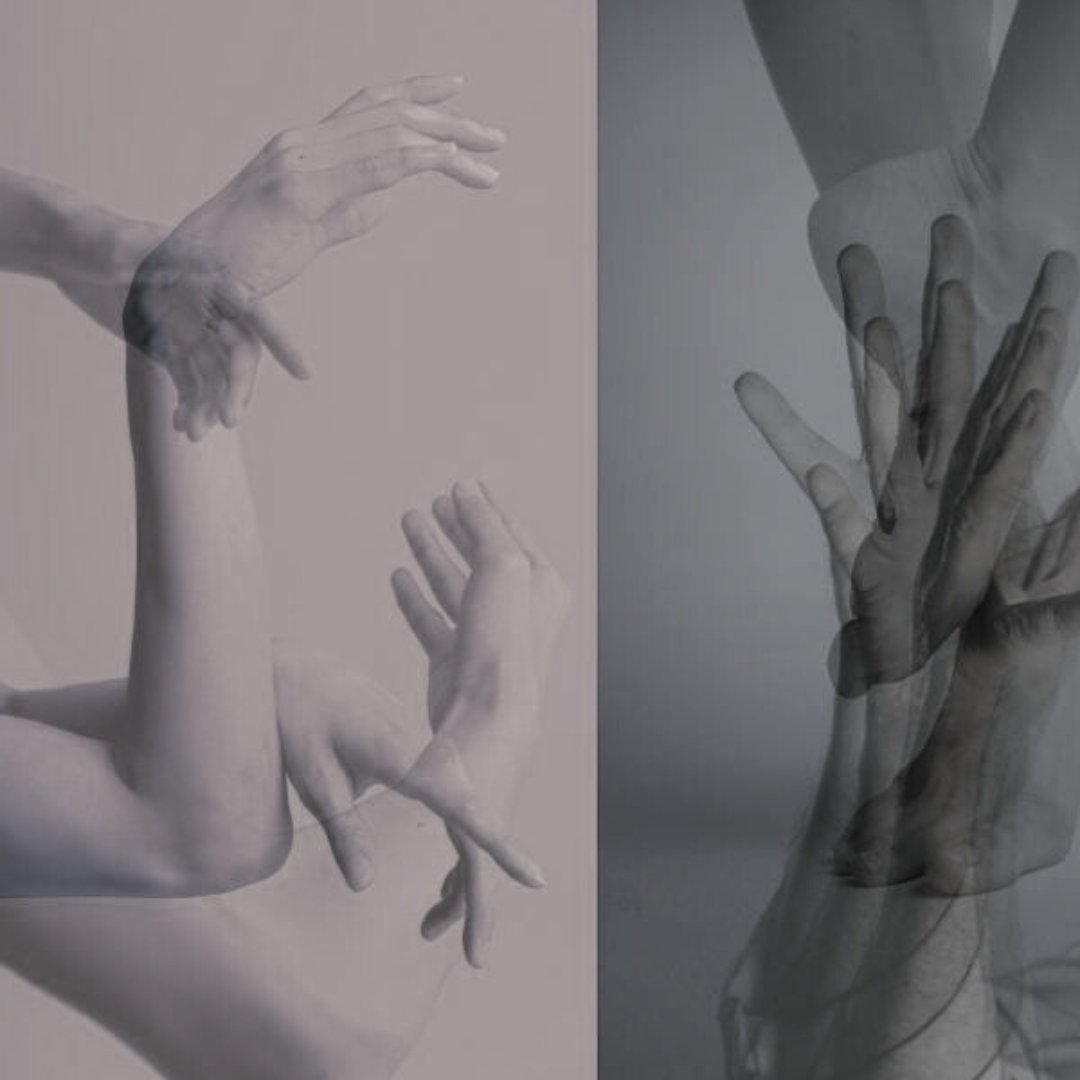
Building a dictionary for embodied science education
How do we translate insights from cognitive science into teaching tools? Together with the SENSES network, we're building a dictionary of embodied science education 📖
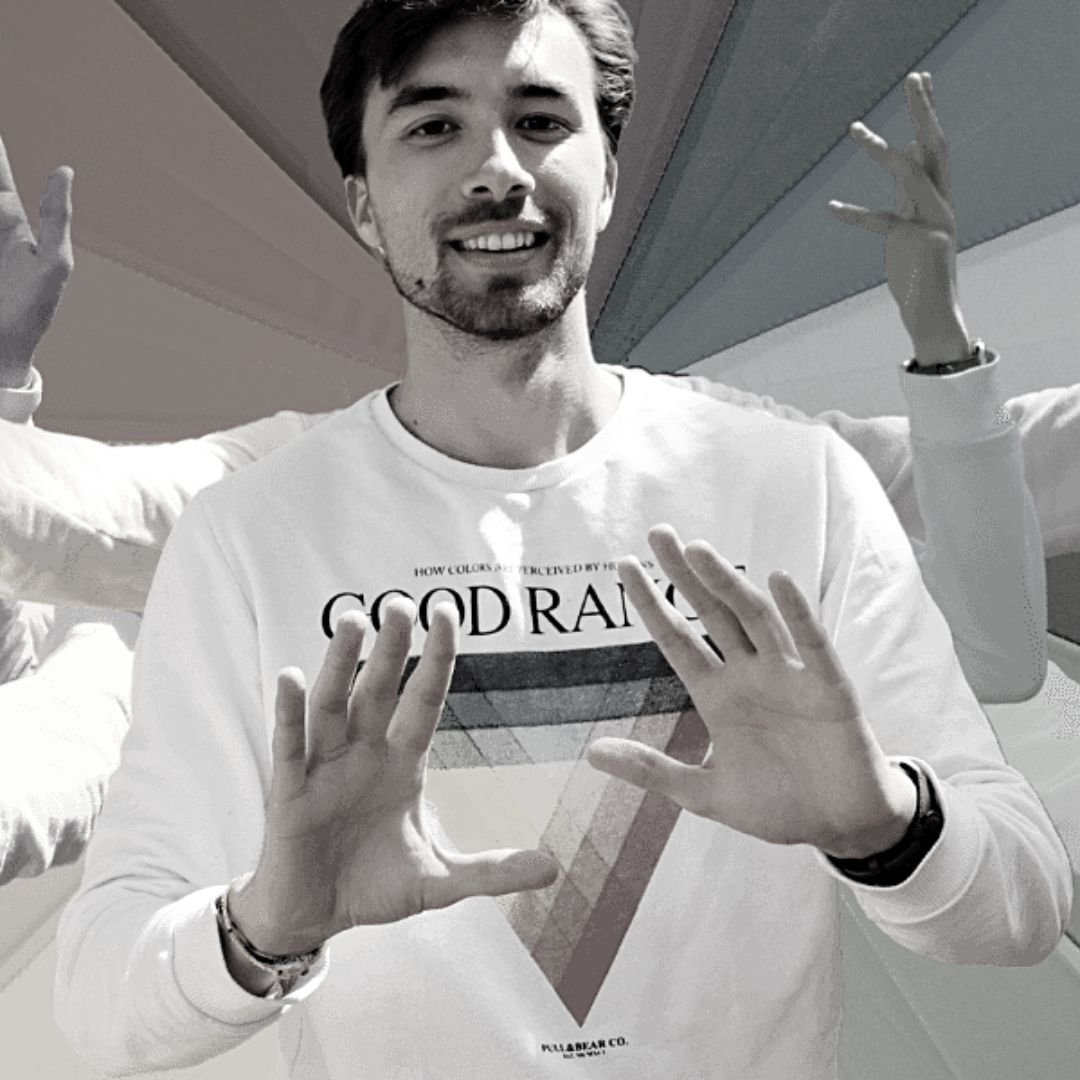
Using embodied cognition to teach abstract coding concepts
This month, my PhD student Fridtjof Gjengset launched his project at his start-up seminar, proposing to leverage embodied cognition principles to enhance computational literacy in STEM 👩💻
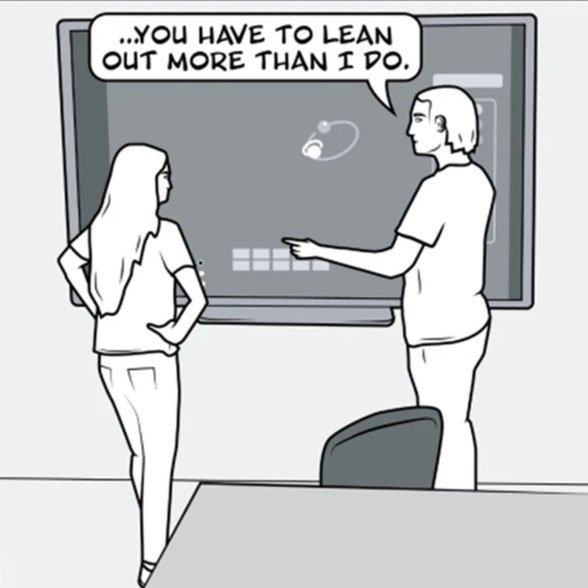
The role of the body in science education
I'm excited to share our latest paper that highlights the importance of embodied cognition perspectives in science education. We explore these perspectives in a dialogue between traditions to unify terminology & position the body in science education 🤓
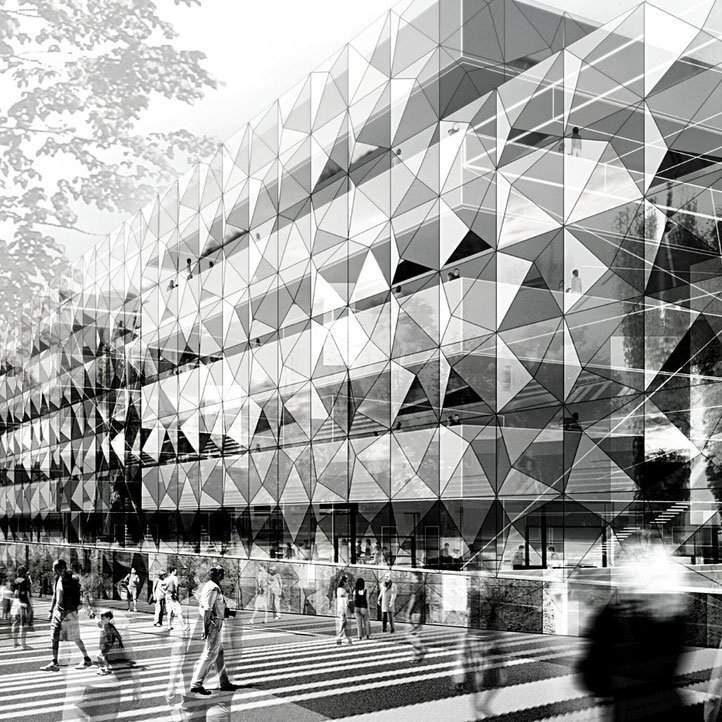
Come work with me!
I'm looking for a PhD student who will join me in the Department of Science Education at the University of Copenhagen. The goal of the PhD project is to break exciting new ground in the emerging field of embodied science education 💥
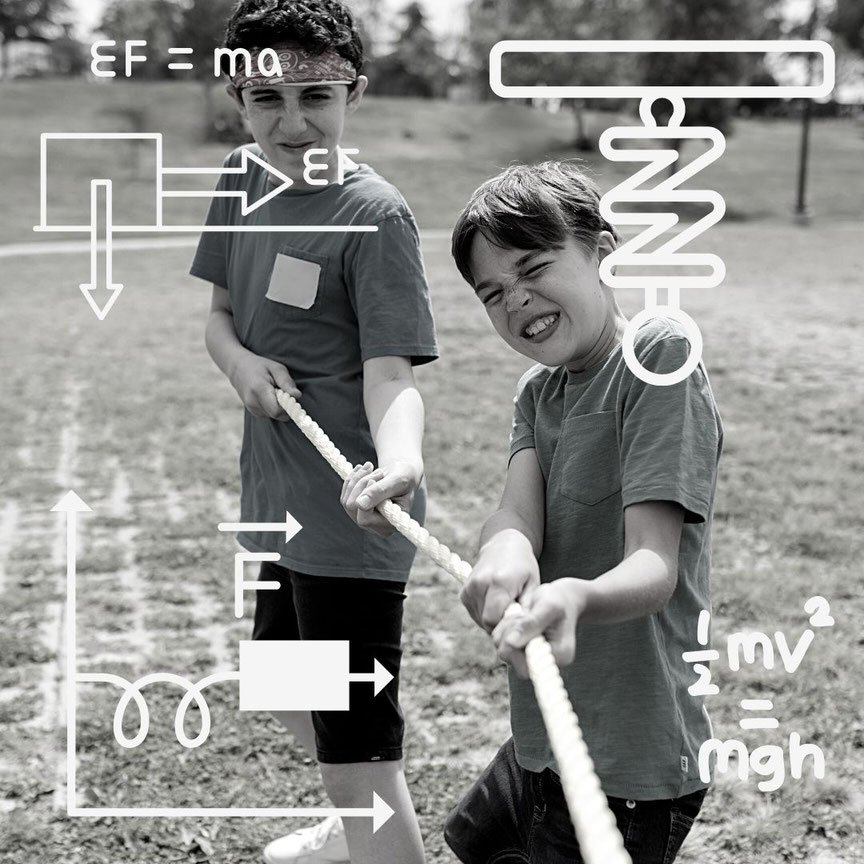
Putting the body into science education
How can we energise classrooms and foster science learning by embracing embodied teaching methods? I wrote a piece on embodied cognition in science education for Teacher Plus 🙂

Runner-up for New Philosopher
The New Philosopher chose my piece "Spaces without and within" as the runner-up for their writers' award. Check out the upcoming issue "Identity" to find my musings on space & how space enables and restricts our abilities to make sense of the cosmos 👩🚀

Embodied cognition in science education
What is the role of the human body in science education? In my new paper, I combine perspectives of cognitive science, philosophy, and psychology to provide a comprehensive overview of embodied cognition in science education.
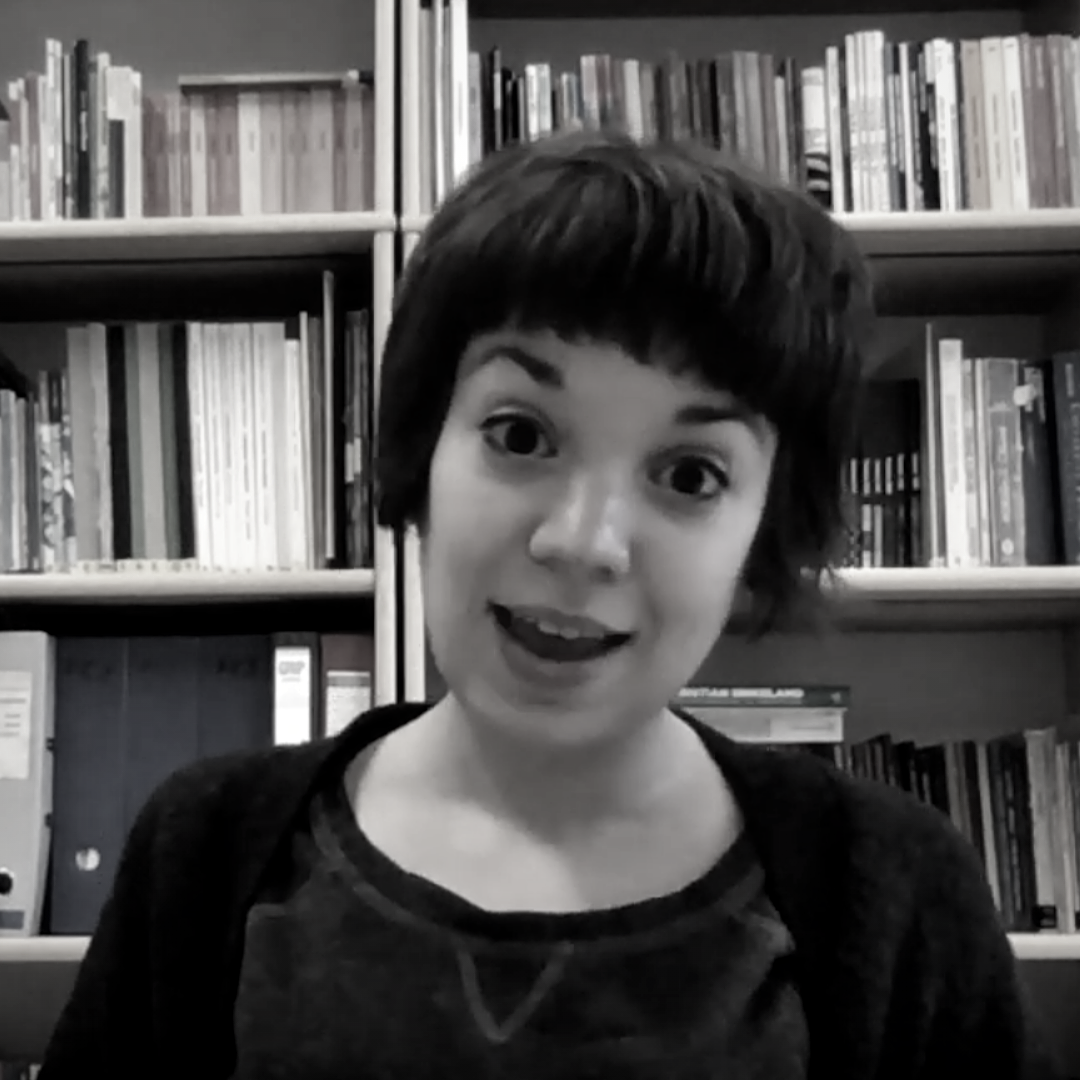
EARLI Mentoring Grant
The EARLI Mentoring grant supported me to undertake a research stay with Jesper Haglund at the Centre of Science, Mathematics and Engineering Education Research (SMEER) at the University of Karlstad in Sweden. In a short video I reflect on my time in Karlstad and the importance of collaborating with colleagues from abroad.

New paper: Metaimagining and Embodied Conceptions of Spacetime
We live in a four-dimensional universe but our minds and bodies struggle to perceive four dimensions. How can learners reconcile Einstein's abstract theory with their experiential understanding of space, time & gravity?

EARLI Mentoring Grant: Embodied Cognition in Physics Education
I'm so happy to have been awarded an EARLI Mentoring Grant 2019: I will visit Jesper Haglund at Karlstad University, Sweden, to learn more about embodied cognition in Science Education. Yay!

Stretching the Imagination
A popular analogy compares the geometry of curved spacetime to a rubber sheet. Yet, science educators have shown that this representation can get in the way of a more abstract understanding of Einstein’s theory of gravity. The findings hint to a deeper mechanism about how human cognition works.
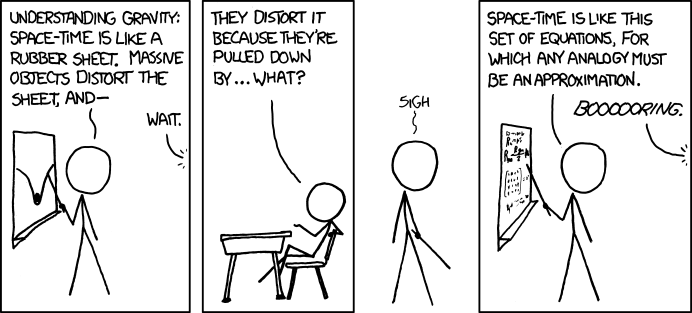
Understanding Curved Spacetime
According to general relativity, we live in a four-dimensional curved universe. Since the human mind cannot visualize those four dimensions, a popular analogy compares the universe to a two-dimensional rubber sheet distorted by massive objects.